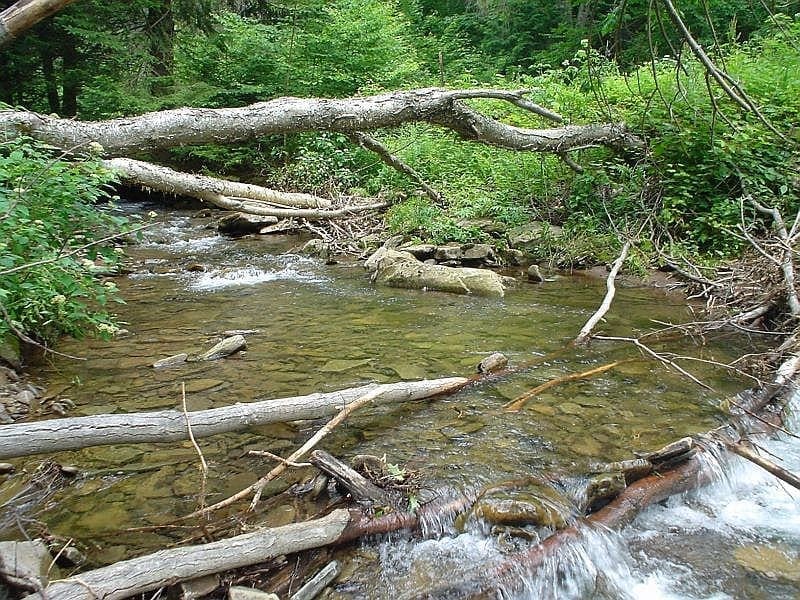Contact our offices
Main office
COLBURN
5 & 6 BAILEY COURT
COLBURN BUSINESS PARK
RICHMOND
NORTH YORKSHIRE
DL9 4QL
Estate Agency Offices are located in
BARNARD CASTLE, BOROUGHBRIDGE & RICHMOND
Residential Management Team
Our Offices
- Alnwick
01665 568310
Email Officealnwick@gscgrays.co.uk - Barnard Castle
01833 637000
Email Officebarnardcastle@gscgrays.co.uk - Boroughbridge
01423 590500
Email Officeboroughbridge@gscgrays.co.uk - Chester-Le-Street
0191 3039540
Email Officechester-le-street@gscgrays.co.uk - Colburn
01748 897630
Email Officecolburn@gscgrays.co.uk - Driffield
01377 337180
Email Officedriffield@gscgrays.co.uk - Hamsterley
01388 487000
Email Officehamsterley@gscgrays.co.uk - Hexham
01434 611565
Email Officehexham@gscgrays.co.uk - Kirkby Lonsdale
01524 880320
Email Officekirkbylonsdale@gscgrays.co.uk - Penrith
01768 597005
Email Officepenrith@gscgrays.co.uk

Don’t Bank On It!
With the record wet summer, three torrential downpours and changes to our weather patterns, the risk of river bank erosion, collapse and flooding is increasingly prevalent and with it comes the need for riparian owners to have an understanding of their rights and responsibilities.
You are a ‘riparian owner’ if you have land or property that is next to a watercourse. A watercourse is defined as any natural or artificial channel above or below ground through which water flows, such as a river, brook, beck, ditch, mill stream or culvert.
In general terms, if you boundary a watercourse it is assumed that you own up to the centre of that watercourse, unless it is owned by someone else. Where a watercourse runs through or underneath your land, it is assumed that you are responsible for that stretch of watercourse.
Water should flow through or beneath your land in natural quantity and quality. This means that you cannot take water without licence from a watercourse in case it means that someone further down the water course may be short of water. It also means that you cannot pollute the water.
The Land Drainage Act 1991 requires that a watercourse be maintained by its owner in such a condition that the free flow of water is not impeded. The riparian owner must accept the natural flow from upstream but need not carry out work to cater for increased flows resulting from some types of works carried out upstream, for example a new housing development.
In simple terms, you have to allow the water to flow in natural volumes following its natural course so that you do not cause any
problems for any other Landowner downstream. You are also responsible for any man-made alterations with the watercourse, such as culverts, weirs and traps. Bank maintenance and removing obstructions such as litter and fallen trees is also important to allow the water to flow naturally.
Where Landowners have culverts running through their land they have the same responsibilities towards them as if they were open watercourses. The problem with culverts is that they are underground, frequently inaccessible and often unknown.
In all cases of dispute, professional legal advice is essential early on in the process. For a more practical discussion about watercourse management, please contact Matt Trewartha tel: 0191 385 1737.










